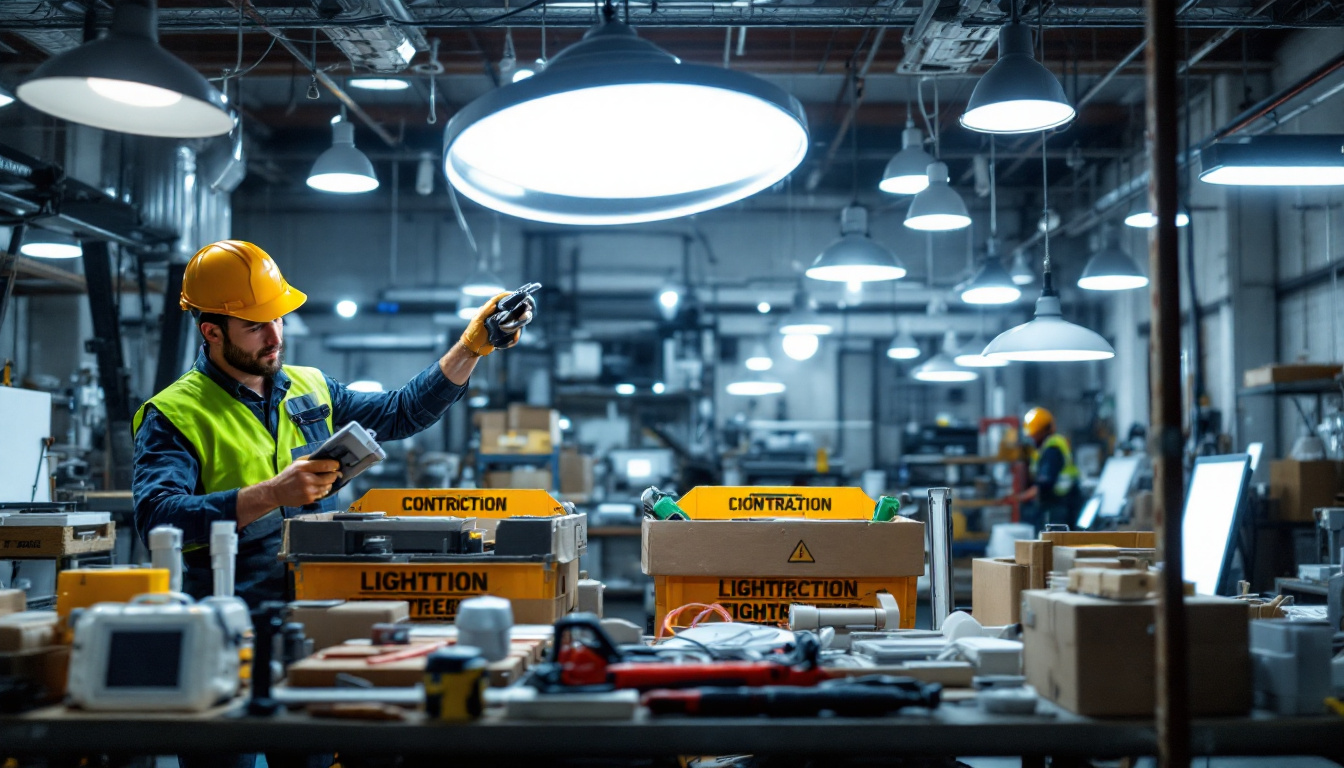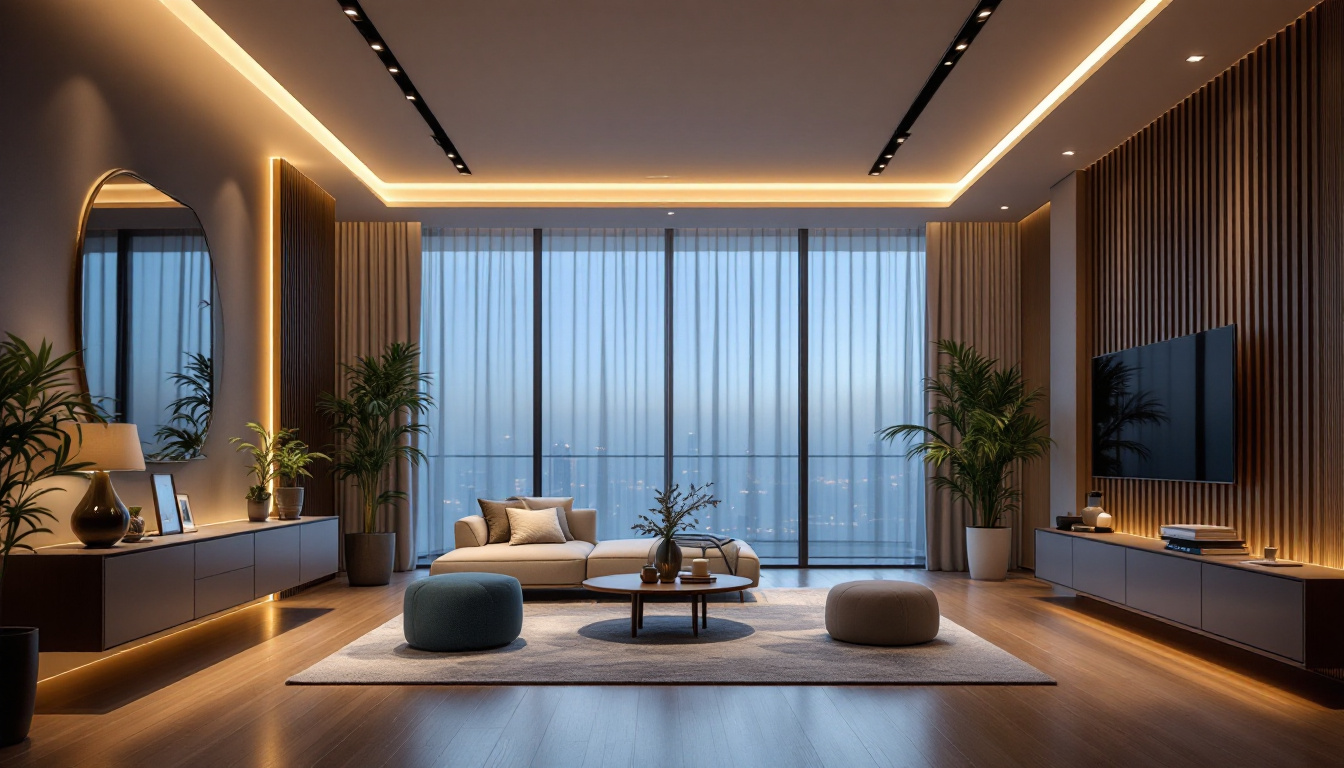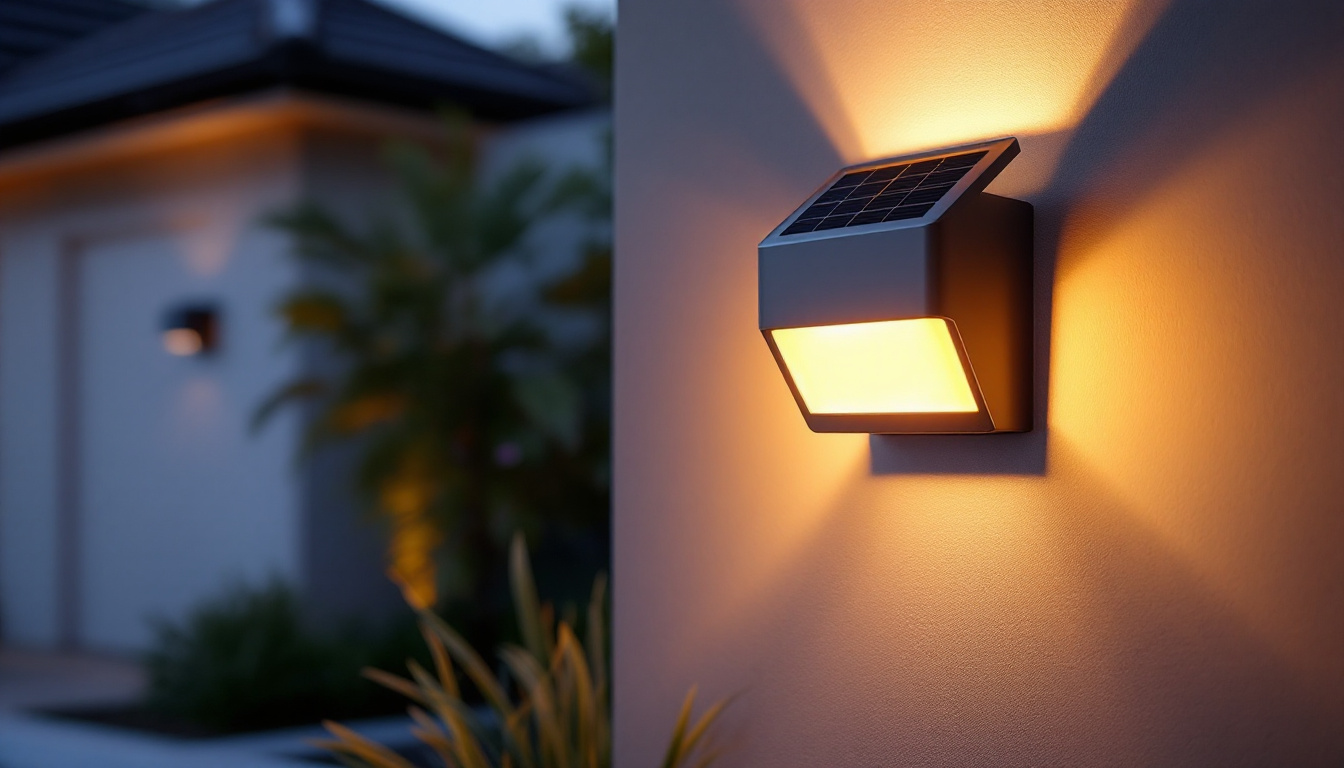

In the ever-evolving world of lighting design and installation, flat panel lighting has emerged as a popular choice among contractors and clients alike. These sleek, modern fixtures not only provide effective illumination but also enhance the aesthetic appeal of various spaces. For lighting contractors, understanding the best practices associated with flat panel installations is essential for delivering high-quality results. This article explores the key considerations and strategies that contractors should adopt to maximize the benefits of flat panel lighting.
Flat panel lights are thin, rectangular fixtures that offer a minimalist design, making them suitable for a variety of applications, from commercial offices to residential spaces. They typically utilize LED technology, providing energy efficiency and longevity compared to traditional lighting options. However, to ensure optimal performance and satisfaction, contractors must grasp the fundamental characteristics of flat panel lighting.
There are several types of flat panel lights available, each with unique features. The most common types include:
The advantages of flat panel lighting are numerous. Firstly, their sleek design allows for seamless integration into modern interiors, enhancing the overall aesthetic. Additionally, these fixtures are energy-efficient, reducing electricity costs and environmental impact. The long lifespan of LED technology also means less frequent replacements, leading to lower maintenance costs over time.
Moreover, flat panel lights provide excellent light quality, with options for adjustable color temperatures and dimming capabilities. This flexibility allows contractors to tailor lighting solutions to meet the specific needs of their clients, whether for task lighting, ambient illumination, or accent lighting.
In addition to their aesthetic and functional benefits, flat panel lights can also contribute to improved well-being in indoor environments. Studies have shown that proper lighting can enhance mood and productivity, making these fixtures an ideal choice for workplaces and educational settings. The ability to customize lighting conditions can help reduce eye strain and fatigue, promoting a healthier atmosphere for occupants.
Furthermore, the installation of flat panel lights can be a straightforward process, as many models are designed for easy mounting and integration into existing electrical systems. This ease of installation not only saves time but also minimizes disruption in commercial environments, allowing businesses to maintain their operations with minimal downtime. As technology continues to advance, the features and capabilities of flat panel lighting are expected to evolve, offering even more innovative solutions for lighting design.
Proper installation is crucial for maximizing the performance and longevity of flat panel lights. Contractors should adhere to several best practices to ensure successful outcomes.
Before installation, a thorough assessment of the space is essential. Contractors should consider factors such as ceiling height, room dimensions, and the intended use of the area. This evaluation will help determine the appropriate type and number of flat panel lights needed to achieve optimal illumination.
Additionally, understanding the existing electrical infrastructure is vital. Contractors should check for compatibility with the flat panel lights being installed, ensuring that the circuit can handle the load without overloading. It is also beneficial to take into account the color temperature of the lights, as different settings can significantly affect the ambiance and functionality of the space. For instance, warmer tones may be more suitable for residential areas, while cooler tones are often preferred in commercial settings for a more energetic atmosphere.
Flat panel lights can be mounted in various ways, including recessed, surface-mounted, or suspended installations. Each method has its own set of requirements and considerations. For recessed installations, contractors must ensure that the cut-out dimensions are accurate and that the fixture is securely fastened to prevent sagging or misalignment.
For surface-mounted options, it is crucial to use appropriate mounting hardware and follow the manufacturer’s guidelines for installation. Suspended installations require careful consideration of the height and spacing of the fixtures to achieve even light distribution. Furthermore, contractors should consider the aesthetic aspect of the installation; the choice of mounting style can greatly influence the overall design of the space. Using a combination of mounting styles can create visual interest and enhance the functionality of the lighting scheme.
Proper wiring is essential for the safe and efficient operation of flat panel lights. Contractors should follow local electrical codes and regulations, ensuring that all connections are secure and insulated. It is advisable to use high-quality wiring and connectors to minimize the risk of electrical failures.
Additionally, integrating smart lighting controls can enhance the functionality of flat panel lights. Contractors should familiarize themselves with the available control systems and ensure compatibility with the installed fixtures. This could include dimmers, motion sensors, or even integration with home automation systems, allowing users to adjust lighting based on their preferences or occupancy. Such advancements not only improve energy efficiency but also provide users with greater control over their environment, contributing to a more personalized and comfortable space.
As energy efficiency becomes increasingly important in the lighting industry, contractors must prioritize sustainable practices in their installations. Flat panel lights, with their LED technology, already offer significant energy savings, but there are additional strategies that can further enhance sustainability.
Incorporating daylight harvesting techniques can significantly reduce energy consumption. This involves using natural light to supplement artificial lighting, allowing for lower wattage usage during daylight hours. Contractors can install sensors that automatically adjust the brightness of flat panel lights based on the amount of natural light available.
By integrating daylight harvesting, contractors not only contribute to energy savings but also create a healthier and more pleasant environment for occupants, as natural light has been shown to improve mood and productivity.
Contractors should also consider the end-of-life management of flat panel lights. Encouraging clients to recycle old fixtures and bulbs can minimize waste and promote sustainability. Many manufacturers offer recycling programs for their products, making it easier for contractors to dispose of materials responsibly.
Additionally, selecting fixtures made from recyclable materials can further enhance the sustainability of lighting projects. Contractors should research and choose products that align with eco-friendly principles.
Effective communication with clients is a cornerstone of successful lighting projects. Educating clients about the benefits and features of flat panel lighting can lead to better decision-making and increased satisfaction.
Contractors should take the time to discuss the various options available for flat panel lighting. This includes explaining the differences between edge-lit and back-lit panels, as well as the benefits of adjustable color temperatures and dimming capabilities.
By involving clients in the decision-making process, contractors can ensure that the final installation meets their specific needs and preferences. Customization options can enhance the functionality of the lighting and create a more personalized environment.
Once the installation is complete, contractors should provide clients with guidance on maintaining their flat panel lights. This includes information on cleaning, troubleshooting common issues, and when to seek professional assistance.
By empowering clients with knowledge, contractors can foster long-term relationships and ensure that their installations continue to perform optimally over time.
The lighting industry is constantly evolving, with new technologies and design trends emerging regularly. For lighting contractors, staying informed about these developments is crucial for maintaining a competitive edge.
Participating in workshops, webinars, and industry conferences can provide valuable insights into the latest advancements in flat panel lighting and overall lighting design. Many manufacturers also offer training sessions on their products, which can enhance contractors’ expertise and ensure they are well-versed in the latest technologies.
Additionally, joining professional organizations and networks can facilitate knowledge sharing and collaboration among peers, further enriching contractors’ understanding of industry trends.
As smart lighting solutions become more prevalent, contractors should explore how these technologies can be integrated into flat panel installations. Familiarizing themselves with IoT (Internet of Things) capabilities, wireless controls, and energy management systems can open new avenues for enhancing lighting solutions.
By embracing innovation, contractors can offer clients cutting-edge solutions that improve efficiency and convenience, ultimately leading to greater satisfaction and loyalty.
Flat panel lighting presents a wealth of opportunities for lighting contractors to deliver stylish and efficient solutions to their clients. By adhering to best practices in installation, prioritizing energy efficiency, and maintaining open communication with clients, contractors can ensure successful outcomes that meet the evolving demands of the industry.
Moreover, staying informed about industry trends and embracing new technologies will empower contractors to remain competitive and innovative. As the lighting landscape continues to change, those who adapt and refine their practices will undoubtedly thrive in the dynamic world of flat panel lighting.
Ready to elevate your lighting installations with the sleek appeal of flat panel lighting? At LumenWholesale, we provide lighting contractors with an exceptional range of spec-grade flat panel lights and more, all at unbeatable wholesale prices. Say goodbye to local distributor markups and hello to premium quality without the premium cost. With our commitment to reliability and performance, plus the convenience of free shipping on bulk orders, you’re set to shine in every project. Don’t compromise on quality or value—discover wholesale lighting at the best value today and light up your work with LumenWholesale.

Discover how Fan Warehouse is revolutionizing the lighting industry by enhancing efficiency for contractors.

Discover essential insights into recessed lighting with our comprehensive guide tailored for lighting contractors.

Discover expert insights and practical tips on selecting and installing exterior solar wall sconces.

Discover essential tips and expert advice for lighting contractors on installing and troubleshooting fan light switches.
Get notified when NEW deals are released.
Optimize your budget with wholesale discounts.
Only top-quality, specification-grade lighting products.
No additional costs at checkout - what you see is what you pay.
We understand the unique needs of contractors.